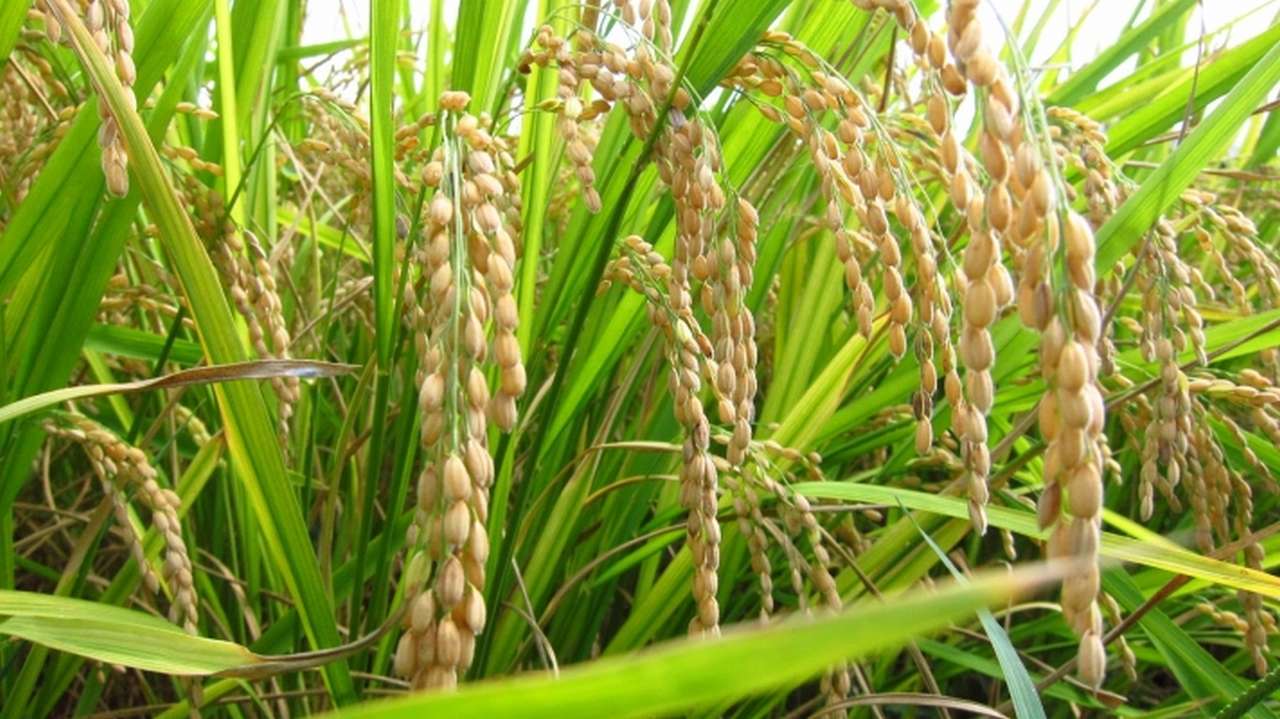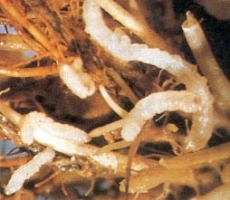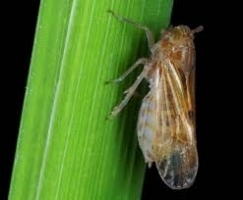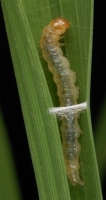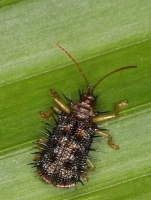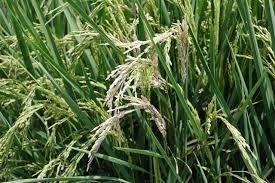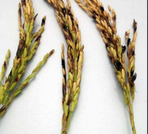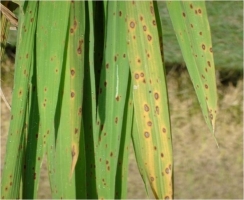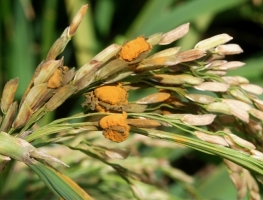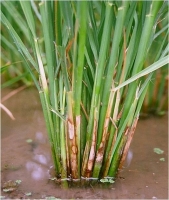Nutrient Requirement (kg/acre)
| Area |
NITROGEN |
PHOSPHORUS |
POTASH |
| Irrigated shallow-lowland rainfed |
41-50 |
30 |
27 |
| Waterlogging |
30-41 |
- |
- |
| Rainfed medium low lying areas |
23-32 |
16 |
- |
| Upland rice |
23 |
12 |
12 |
Fertilizer Requirement (kg/acre)
| Area |
UREA |
SSP |
MOP |
| Irrigated shallow-lowland rainfed |
90-110 |
190 |
45 |
| Waterlogging |
65-90 |
- |
- |
| Rainfed medium low lying areas |
52-70 |
100 |
- |
| Upland rice |
52 |
75 |
20 |
For Irrigated shallow and lowland rainfed areas requires, near about 41-50kg/acre of Nitrogen(Urea@90-110kg), 30kg of Phosphorus (SSP@190kg/acre) and 27kg of Potash (MOP@45kg) per acre. Apply half dose of Nitrogen and the full amount of Phosphorus and Potash at transplanting time. Apply the remaining amount of Nitrogen in two equal splits i.e. 1/4th of N applied at time tillering stage and 1/4th at the time of Panicle initiation stage.
In water logging areas (i.e. low laying area where water accumulates in rainy season) use Nitrogen fertilizer@30-41kg/acre (Urea@65-90kg/acre) as basal dose.
For rainfed medium low lying areas, apply Nitrogen@23-32kg i.e (Urea@52-70kg/acre) and Phosphorus@16kg/acre (SSP@100kg/acre). Apply half dose of N and full dose of P before transplanting and remaining dose of N at the time of Panicle emergence.
For upland Rice, apply Nitrogen@23kg (Urea@52kg), Phosphorus@12kg (SSP@75kg) and Potash@12kg/acre (MOP@20kg). Half dose of Nitrogen and full dose P &K applied three weeks after sowing. Remaining nitrogen applied in two splits, six weeks after sowing and at booting stage respectively.

